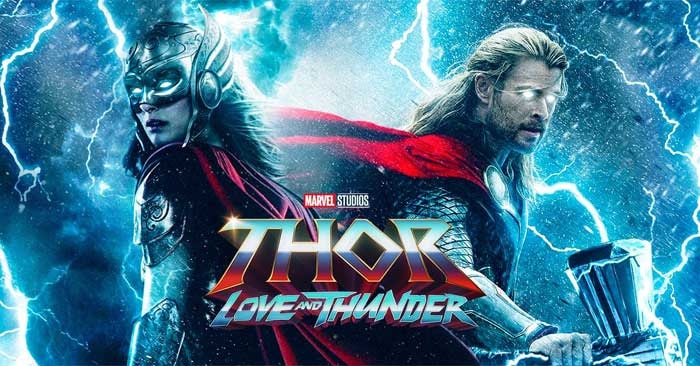Child Eater
Child Eater (2016), directed and written by Erlingur Thoroddsen, is a low-budget independent horror film that draws on classic monster myths and urban legends to deliver a chilling and atmospheric tale. Based on Thoroddsen’s 2012 short film of the same name, the feature-length version expands the story into a haunting exploration of childhood fears, small-town secrets, and the unsettling presence of an ancient evil that preys on the most vulnerable.
Set in a quiet, wooded American town, the film follows Helen, a young woman who agrees to babysit Lucas, a boy with a vivid imagination and a fear of monsters. Lucas insists that something is lurking in his closet—specifically, a figure known as Robert Bowery, a terrifying legend said to have once lived in the town. According to local lore, Bowery was a man obsessed with curing his degenerative eye disease by consuming the eyes of children. Though presumed dead, stories suggest that his spirit still haunts the forest, waiting for a chance to return and feed again.

As the night unfolds, Helen dismisses Lucas’s fears as bedtime anxiety, but strange occurrences begin to escalate. Flickering lights, eerie whispers, and inexplicable sounds set an ominous tone. When Lucas vanishes from the house, Helen’s desperate search takes her deep into the nearby woods—where she uncovers evidence that the legend of Robert Bowery might not be myth after all.
What Child Eater lacks in budget, it makes up for in atmosphere and tone. The film is driven by suspense rather than gore, leaning on shadowy cinematography, an eerie soundscape, and the ever-present tension of what’s lurking just out of sight. The creature design of Robert Bowery is particularly disturbing—gaunt, shadowy, and undeniably menacing—bringing to life the archetype of the childhood boogeyman with a unique and unsettling twist.

The narrative blends psychological horror with supernatural elements, tapping into a primal fear of the dark and the unknown. It also draws on familiar horror tropes—a babysitter alone in a house, a child with a dark connection to an evil force—but uses them effectively to build dread. While the plot itself is relatively straightforward, the pacing and visual storytelling help maintain a gripping sense of unease throughout.
One of the film’s strengths is its focus on childhood trauma and the blurred lines between imagination and reality. Lucas’s character is well-crafted, never falling into cliché, and his dynamic with Helen feels believable and sympathetic. Although the performances are modest—reflecting the film's indie roots—they serve the story well, grounding the supernatural elements in emotional realism.
Child Eater won’t appeal to every horror fan—it lacks the polish of studio productions and opts for suggestion over spectacle—but for those who enjoy indie horror with a creepy premise and a folkloric core, it’s a worthy watch. By evoking the primal fear of something waiting in the dark to harm children, it taps into the same well of terror as stories like The Babadook or The Boogeyman, but with its own Icelandic-American flavor.



